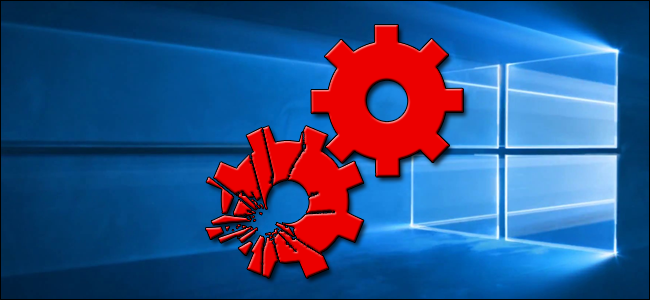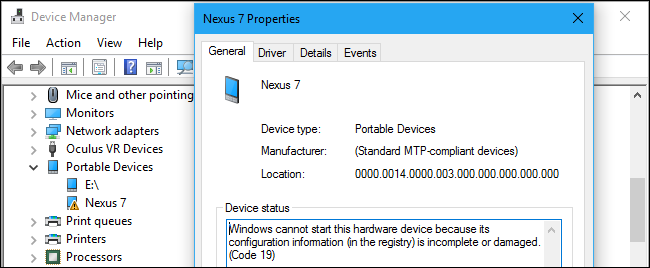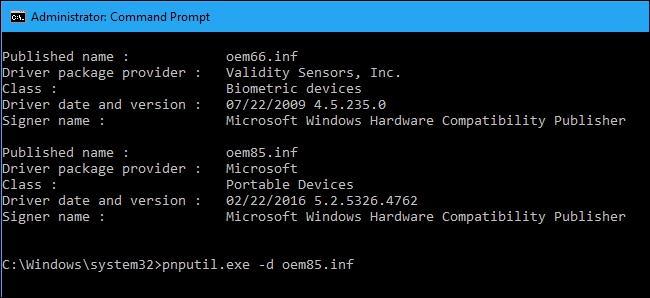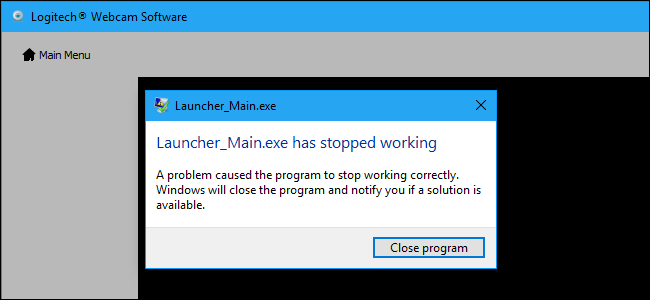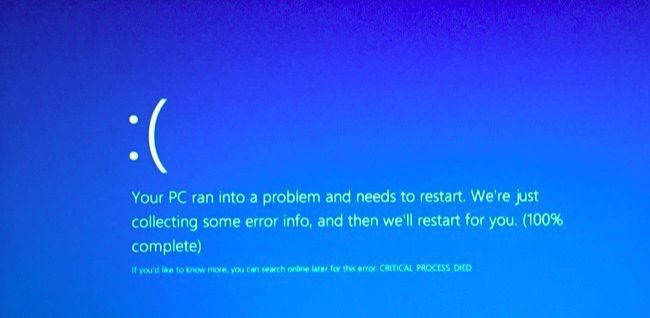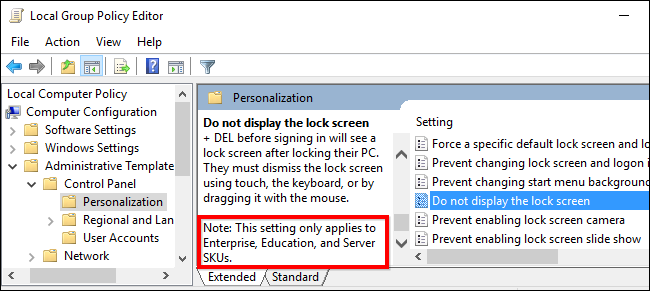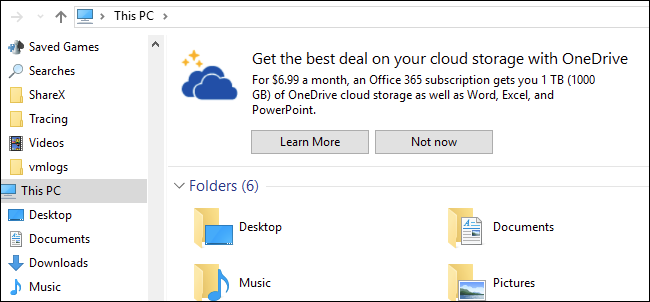Quick Links
Hey Microsoft, could you please stop breaking my PC? The latest WPD driver update released on March 8, 2017 is just the latest in a long string of bad updates. If Windows 10 is going to force these updates on my system, the least Microsoft could do is test them properly first.
Don't get us wrong: automatic updates are very important for security reasons, and we believe they are a good thing. The problem is that Microsoft isn't just releasing security updates. They're making major changes to Windows, and not testing the updates properly. They need to do better.
Microsoft Just Released a Bad Driver Update, and I Have to Fix It
The latest and most obnoxious update---at least for me, personally---was the "Microsoft – WPD – 2/22/2016 12:00:00 AM - 5.2.5326.4762" update released on March 8, 2017.
Microsoft removed this update from Windows Update, but not until after my and other PCs installed it. As a Microsoft representative explained in a discussion post on Microsoft's community forums:
"An incorrect device driver was released for Windows 10, on March 8, 2017, that affected a small group of users with connected phones or portable devices. After installation, these devices are not detected properly by Windows 10"
That's right: Microsoft released a bad driver update that broke the MTP drivers in Windows. MTP is used to access files on connected Android phones and tablets, media players, Windows phones, and some other types of portable devices.
This update seems broken for everyone, so how did it get onto Windows Update in the first place? Driver updates are supposed to be tested through the Windows Hardware Quality Labs before they're allowed onto Windows Update. Apparently that isn't happening properly.
Microsoft caught the problem, so that should be the end of the story, right? Nope. Microsoft isn't going to release an automatic fix through Windows Update to correct the problem. It's my job to fix what Microsoft broke on my PC, and it's your job to fix it on your PC if Windows 10 automatically installed the same update for you.
As this is a driver update, there's no way to "uninstall" it like you would a normal update. Instead, Microsoft recommends you use a system restore point, something that won't be possible on many PCs, as Windows 10 seems to sometimes ship with System Restore disabled. If you can't do that, Microsoft invites you to follow a 13-step process involving the Device Manager and several commands run in an Administrator Command Prompt window.
That's absurd. Worse yet, average Windows users are in big trouble. I, a computer-savvy tech writer, discovered this problem and was able to fix it myself. But how is the average Windows user who can't access their smartphone's files supposed to identify the problem and fix it?
Remember When the Anniversary Update Broke a Bunch of Webcams?
The WPD update is far from the first time Windows has broken hardware on my system. In the summer, I built a new desktop PC and bought various peripherals for it. I included one of the most popular webcams at the time, the venerable Logitech C920.
A few short weeks later, Microsoft rolled out the Anniversary Update and broke my new webcam. The Anniversary Update contained big changes to the way the Windows webcam stack works, and Microsoft didn't bother telling anyone before it was released. All those Windows Insiders didn't even find this problem. People testing new unstable versions of Windows are generally not running them on real PC hardware---because they're unstable.
I had to hunt down a registry hack to fix the problem, and Microsoft released a patch a month later. The patch didn't completely fix the problem for everyone, and the problem persists to this day for many people.
The Anniversary Update Had Other Bugs, Too
The Anniversary Update had many reported stability problems at the time of its release. I didn't encounter them myself, but it did take Microsoft three months to fully fix the Anniversary Update and become confident enough to release it to everyone.
Here are a few examples:
- The Anniversary Update initially blue-screened when users plugged a Kindle device into a PC running it. Any Kindle users who upgraded to the early "stable" versions of the Anniversary Update had problems.
- The KB3176934 update, released shortly after the Anniversary Update, was missing an important file that broke the PowerShell Desired State Configuration feature, and another important file that broke the PowerShell "implicit remoting" feature. That's right---a PowerShell update was missing two files and broke two separate features, but Microsoft didn't even notice before releasing it.
If Microsoft isn't going to test these updates properly, Windows users shouldn't be forced to download them as soon as they hit Windows Update.
The Anniversary Update Removed Useful Settings
Big updates to Windows 10 keep removing useful settings on purpose, too. In the Anniversary Update, Microsoft removed the ability for Windows 10 Professional users to disable the lock screen and stop automatic updates. You'll need the Enterprise or Education editions of Windows 10 to change these settings...for some reason.
If you purchased Windows 10 Professional to use these settings and configured your PC the way you liked it, too bad---they're gone now. Who knows what convenient group policy and registry settings will be removed from future releases of Windows 10?
To Add Insult to Injury, Microsoft Keeps Adding Advertisements
Even when updates don't break something or remove useful features, they aren't always good. Microsoft keeps packing Windows 10 full of more and more ads. With the Creators Update, Windows 10 is getting Office 365 and OneDrive advertisements in File Explorer. Windows 10 already has full-screen ads on the sign-in screen, ads that pop up from the taskbar, ads that appear as notifications, sponsored apps in the Start menu, Candy Crush tiles installed by default, and full-screen video ads in the Solitaire app.
Whenever there's a big update, there are more advertising settings I have to disable just to keep my operating system quiet.
Microsoft charges $119 for the Home edition of Windows 10 and $200 for the Professional edition. And the Professional edition has just as many ads as the Home version. That doesn't seem right.
I use my PC to run software. New features are great, but I don't need them so soon that they come to me untested. I just need Windows to be stable and not break my hardware. Oh, and not shove ads in my face. Is that really too much to ask for?

